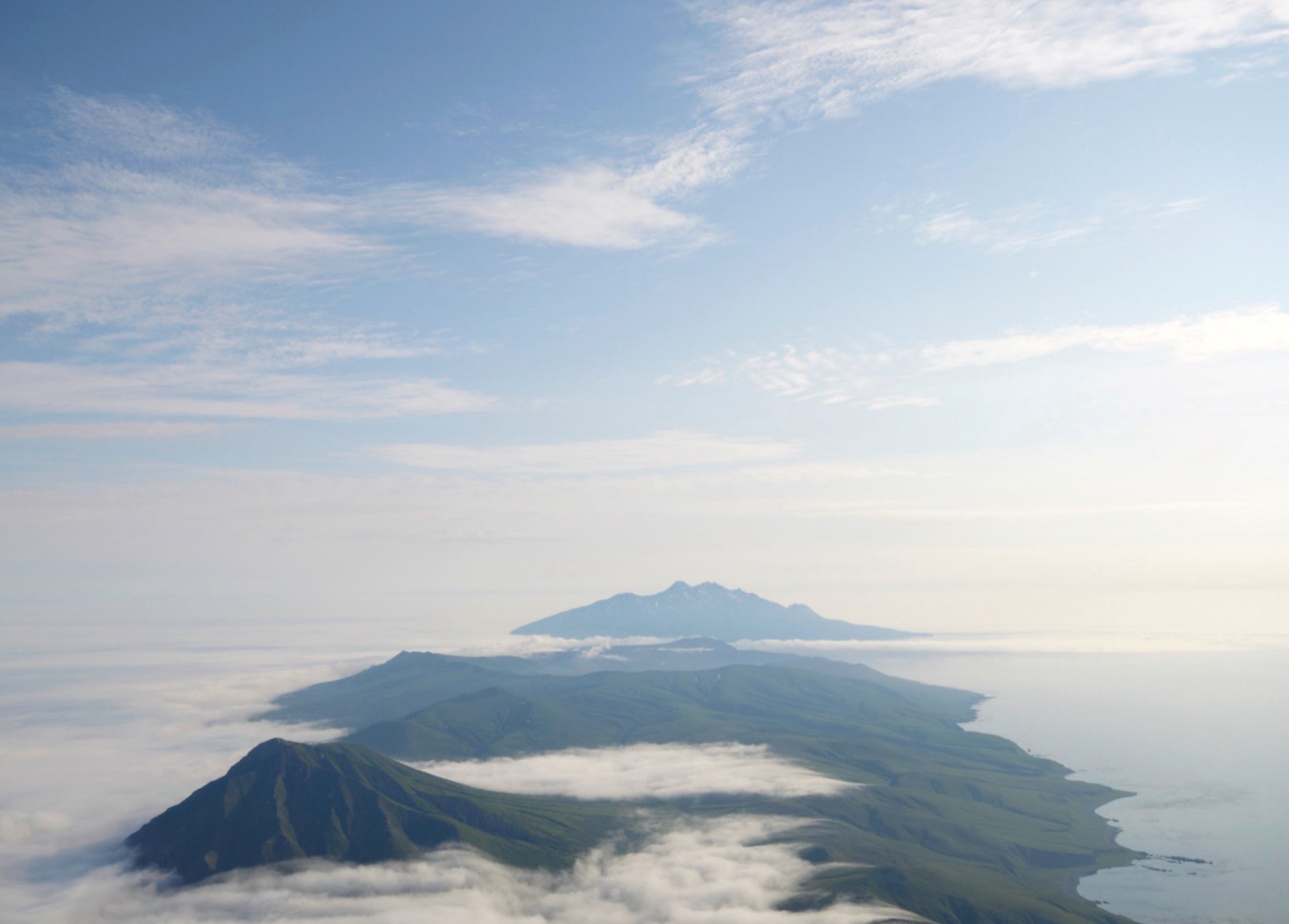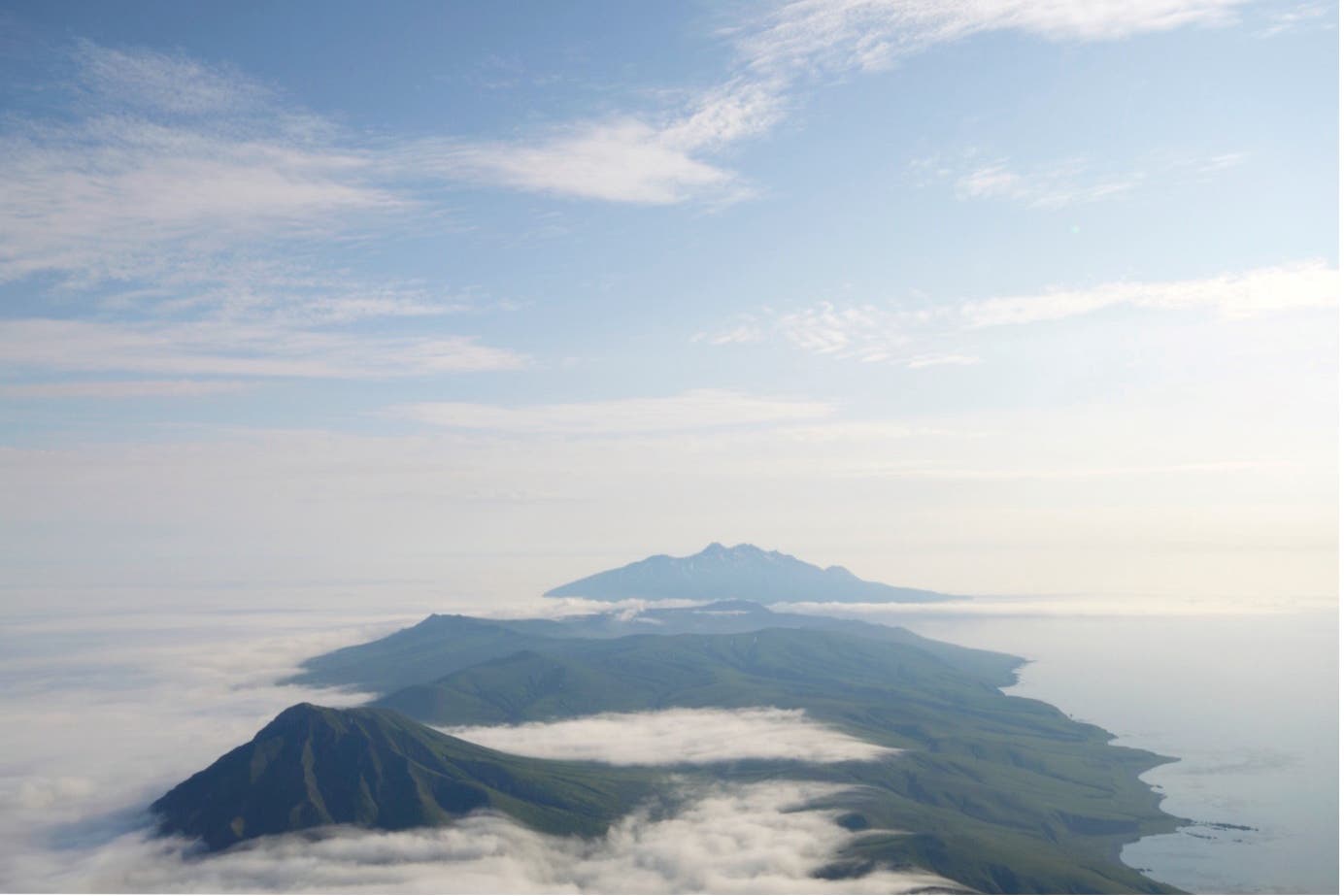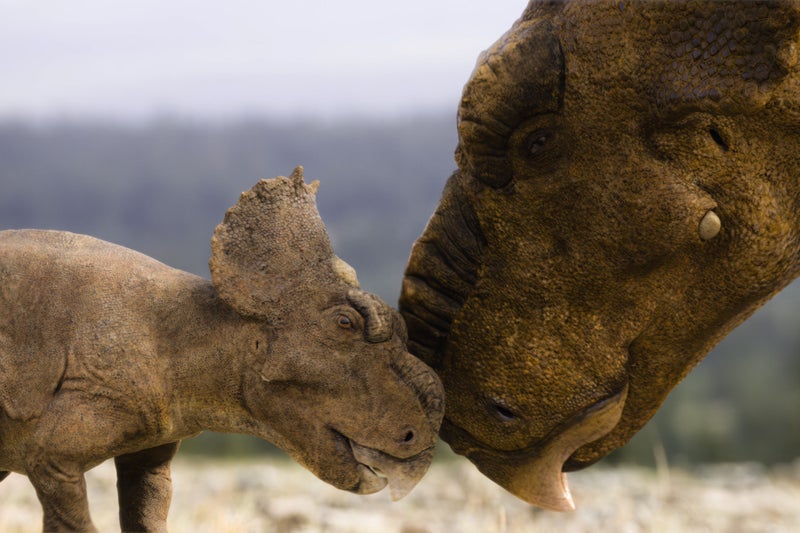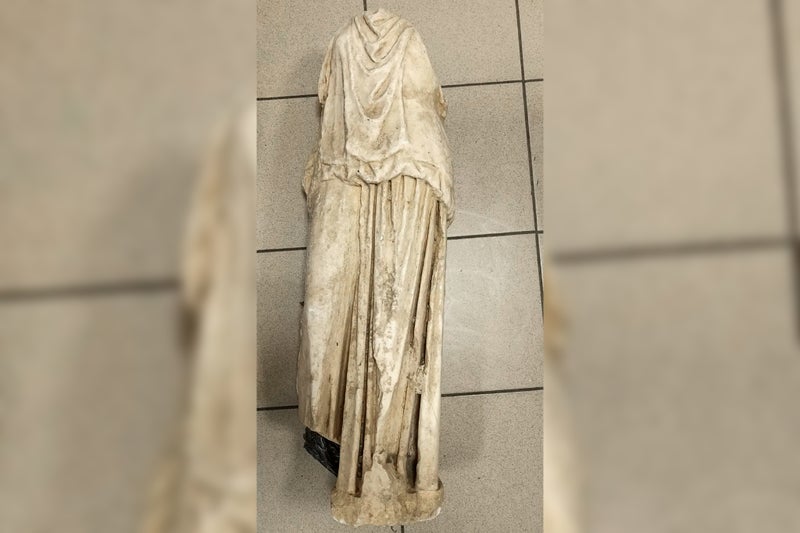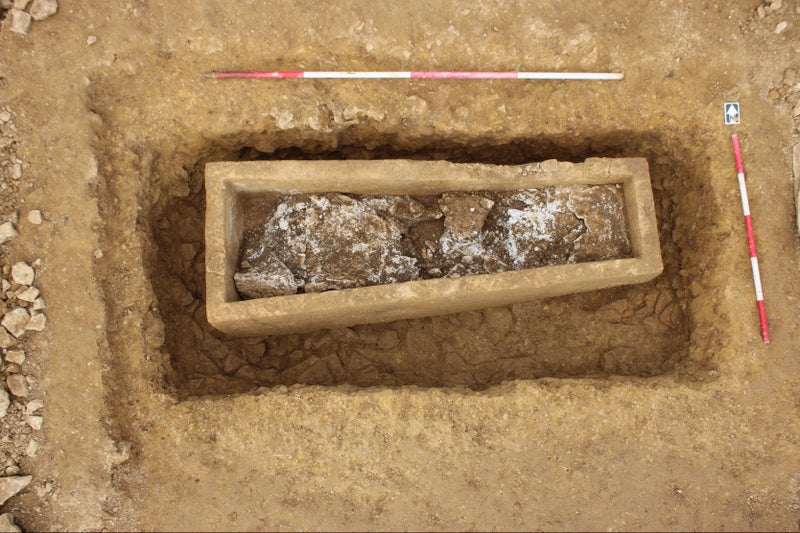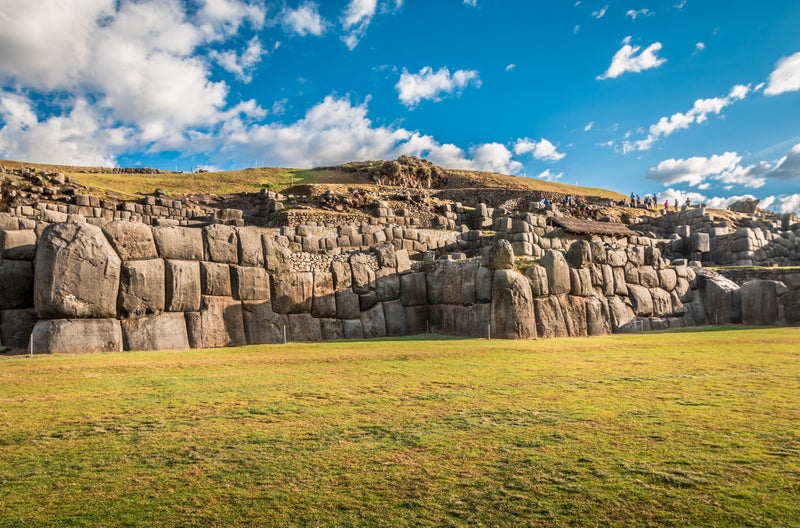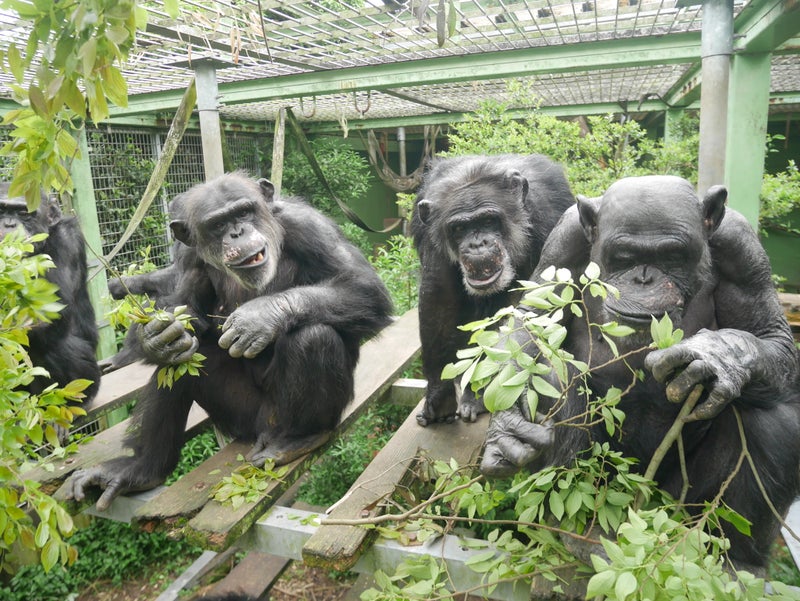Scientists finally solve mystery of giant volcano that almost wiped out the world
Share:
A team of researchers have helped solve the mystery over a volcanic eruption that caused famines and crop failures around the world, almost 200 years ago. Scientists from the University of St Andrews say they have discovered the exact volcano that erupted in 1831, leading to a global cooling of approximately 1C.
![[Scientists from the University of St Andrews say they have discovered the exact volcano that erupted in 1831, leading to a global cooling of approximately 1C]](https://static.independent.co.uk/2024/12/30/19/01JGB5YVZ34DP6W477D61YZDJ3.jpg)
The team discovered it was the Zavaritskii volcano on the remote, uninhabited island of Simushir, which is part of the Kuril Islands – a disputed territory between Russia and Japan. Currently controlled by Russia, the island operates as a strategic military outpost.
During the Cold War, the Soviets used Simushir as a secret nuclear submarine base, docking vessels in a flooded volcanic crater. Scientists also discovered the eruption occurred sometime during spring or summer. A map of Simushir:. Scientists were previously unsure as to which volcano had erupted, and it was debated in the science community for many years.
However, the new research, led by Dr Will Hutchison from the School of Earth and Environmental Sciences, reveals how the team analysed ice core records from the event, identifying a perfect match of the ash reports. The research, published on Monday in the Proceedings of the National Academy of Sciences journal, allowed Dr Hutchison and his team to accurately date and match the ice core deposits to the Zavaritskii volcano.
“Only in recent years have we developed the ability to extract microscopic ash shards from polar ice cores and conduct detailed chemical analyses on them. These shards are incredibly minute, roughly one tenth the diameter of a human hair,” Dr Hutchison said.
